Bacterial Growth
Following my research into the bacterial art of Dasha Plesen, I set out to create my own bacterial cultures and plunged myself into research to work out how to go about making them. I began by speaking with the technicians from my school’s biology department who advised me on which type of agar powder to purchase – to ensure that the environment is right to bacterial growth – and they advised me on the temperatures that bacteria should be grown at – the main takeaway from this was to ensure that they weren’t grown at 37 degrees celsius otherwise the bacteria created would be able to survive within the human body and potentially cause harm. I began with making 10 different potential cultures using a variety of bodily fluids, foods and swabs from around my house in the hopes of having something of value after their growth over the next two weeks.
After I had let the bacteria grow for a couple of weeks during the half-term break, they were ready to be photographed and examined up close. I used a 60mm macro lens to capture as much fine detail as possible within each petri-dish as my aim was to abstract the creations from their containment and instead focus on showing snippets of the sequential development of each bacterial culture and highlight the formations and structure that have allowed for its growth.
During the photoshoot, the greatest problem I faced was the issue of lighting. Due to the macro nature of the images, I needed a lot of light in order to get the correct exposure and prevent the formation of shadows within the petri-dishes that could obscure the fibrous structures of the bacteria. I was able to resolve these issues by creating a lighting set-up consisting of two small panel lights aimed at the petri-dish from either side as well as a smaller point light that I mounted onto the flash shoe of the camera to negate the shadow cast by the camera body onto the petri-dish. The other issue I faced was that of camera shake which sometimes caused blurring in the images due to the extremely short focal place of the macro images. By using a 5-second timer and ensuring that I didn’t touch any part of the camera or tripod setup during that countdown, I was able to effectively negate any shake in the photos.
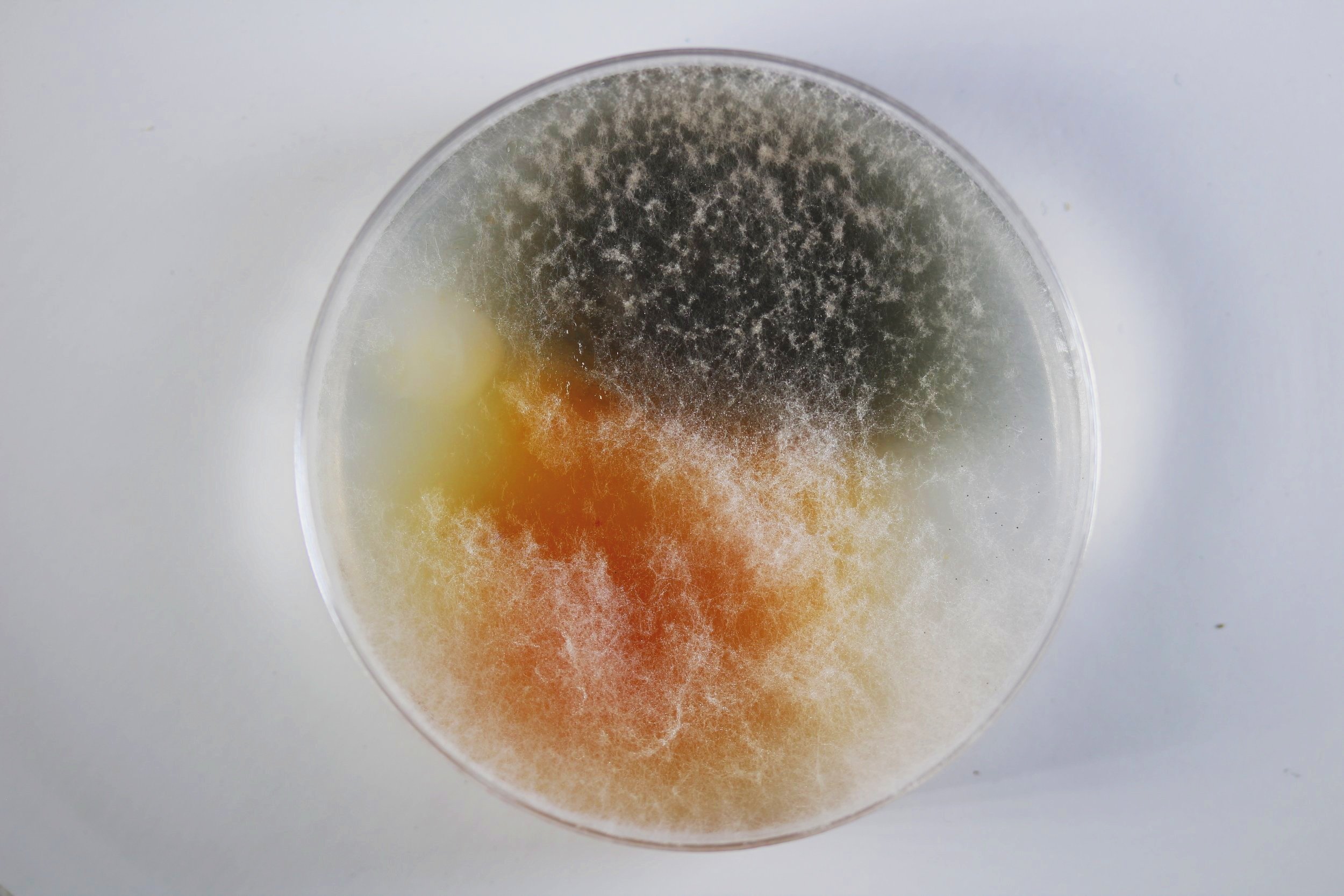
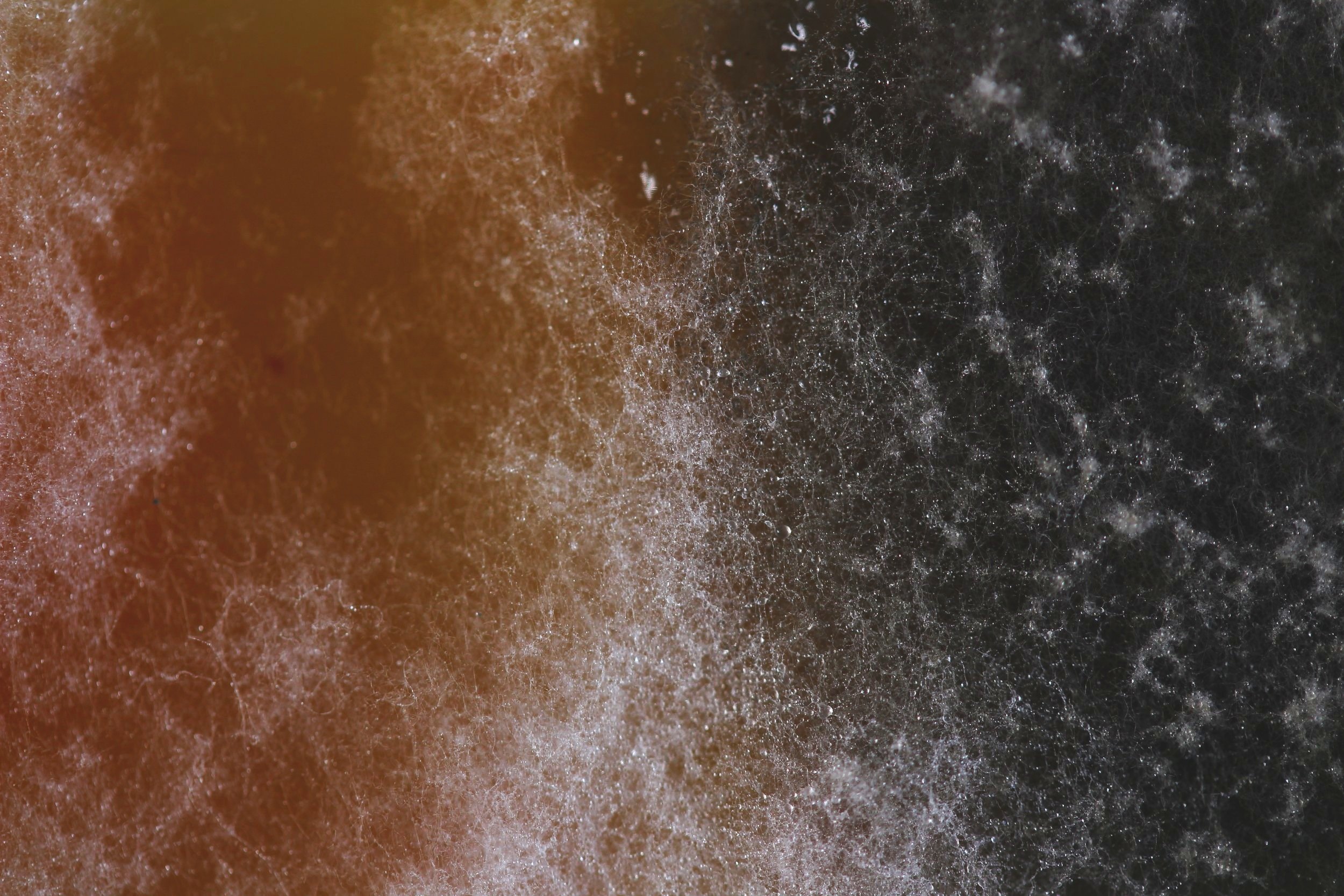
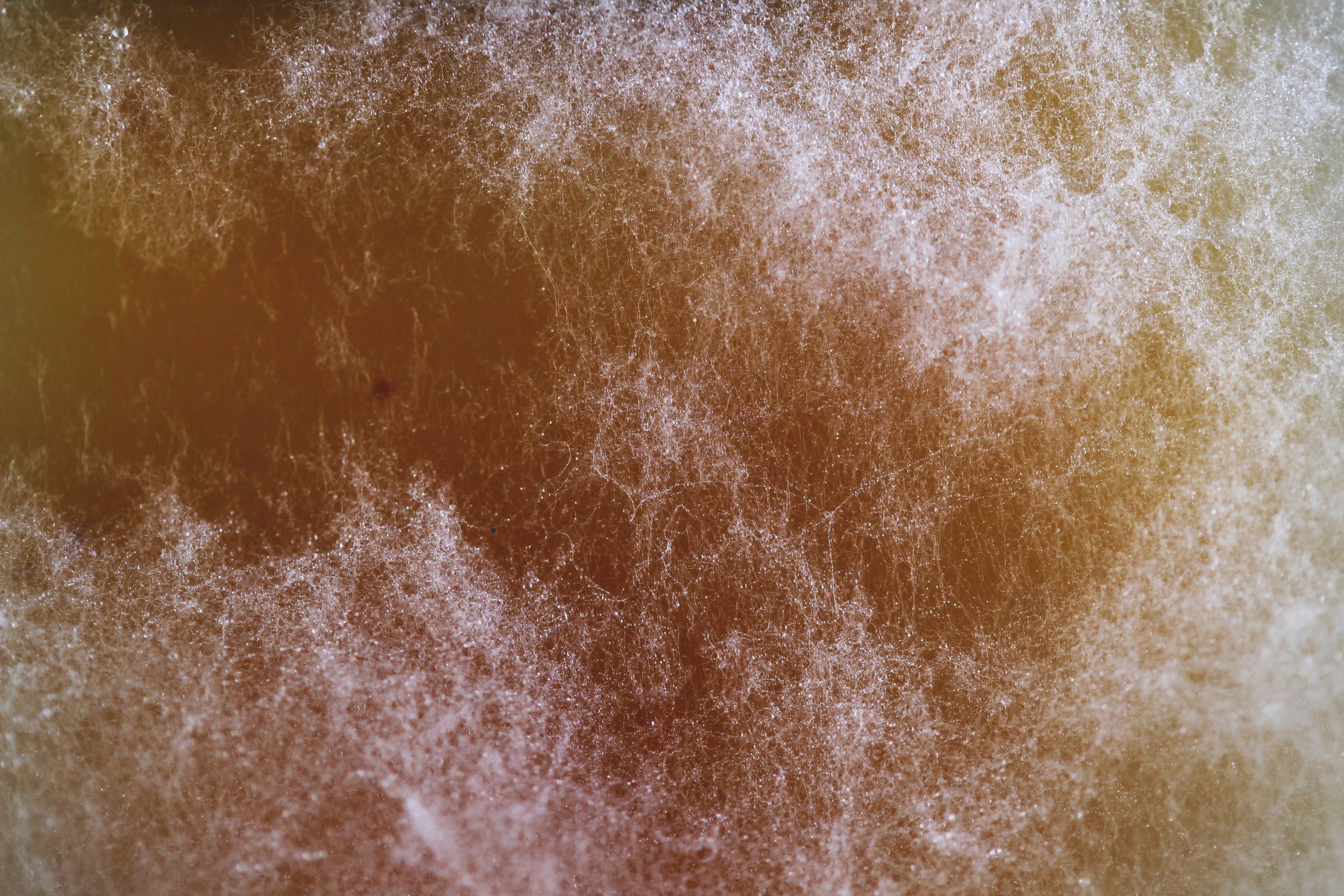
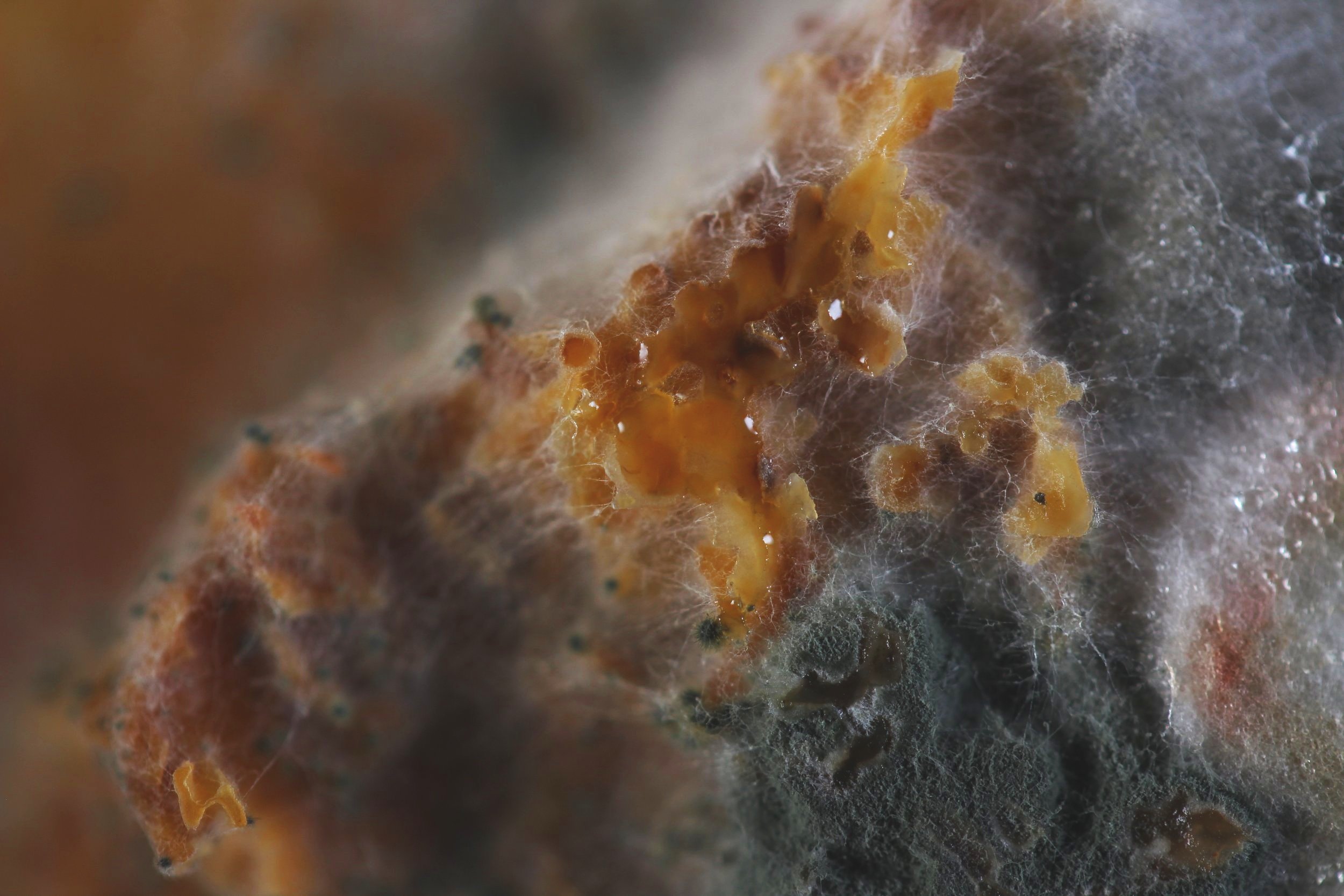
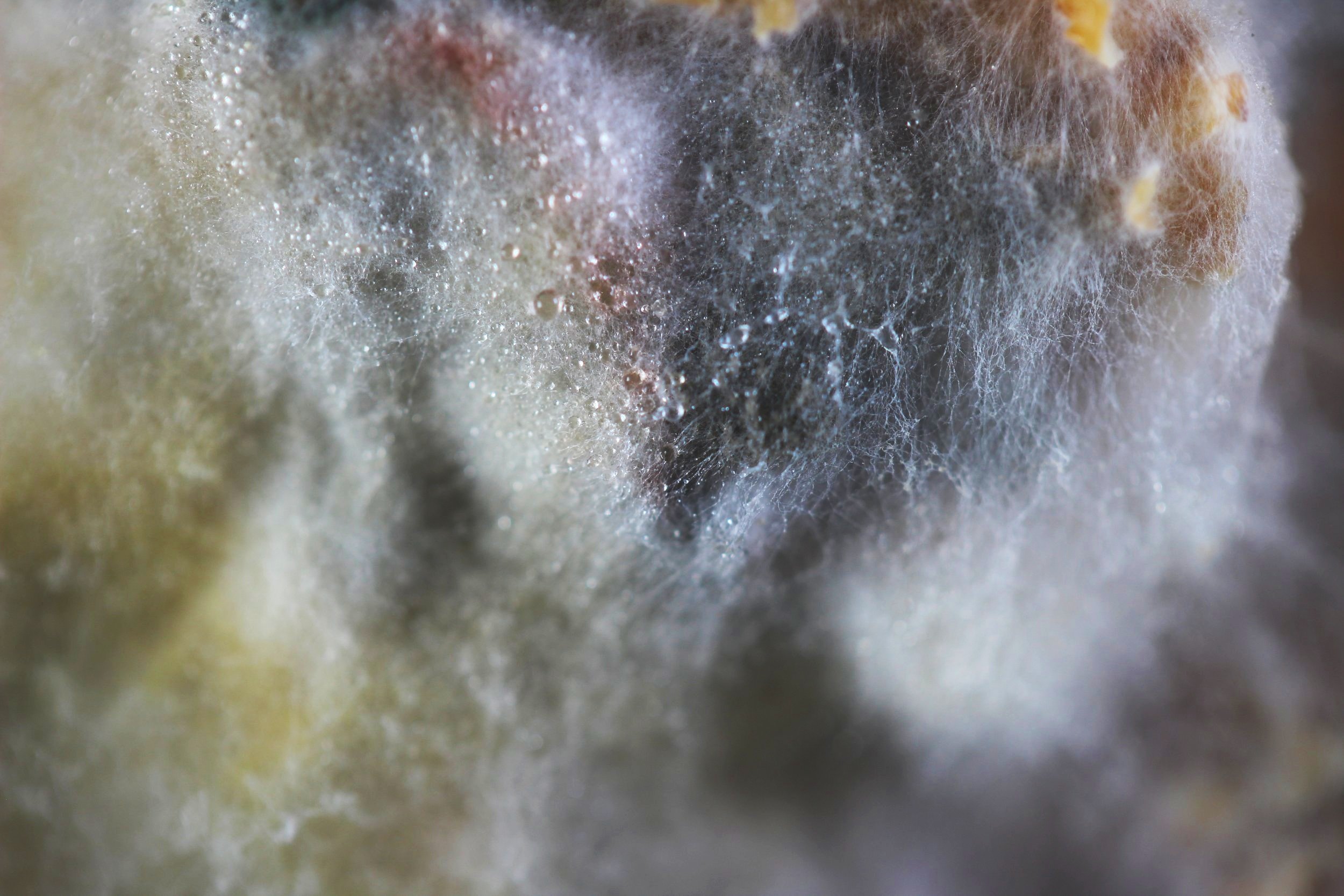
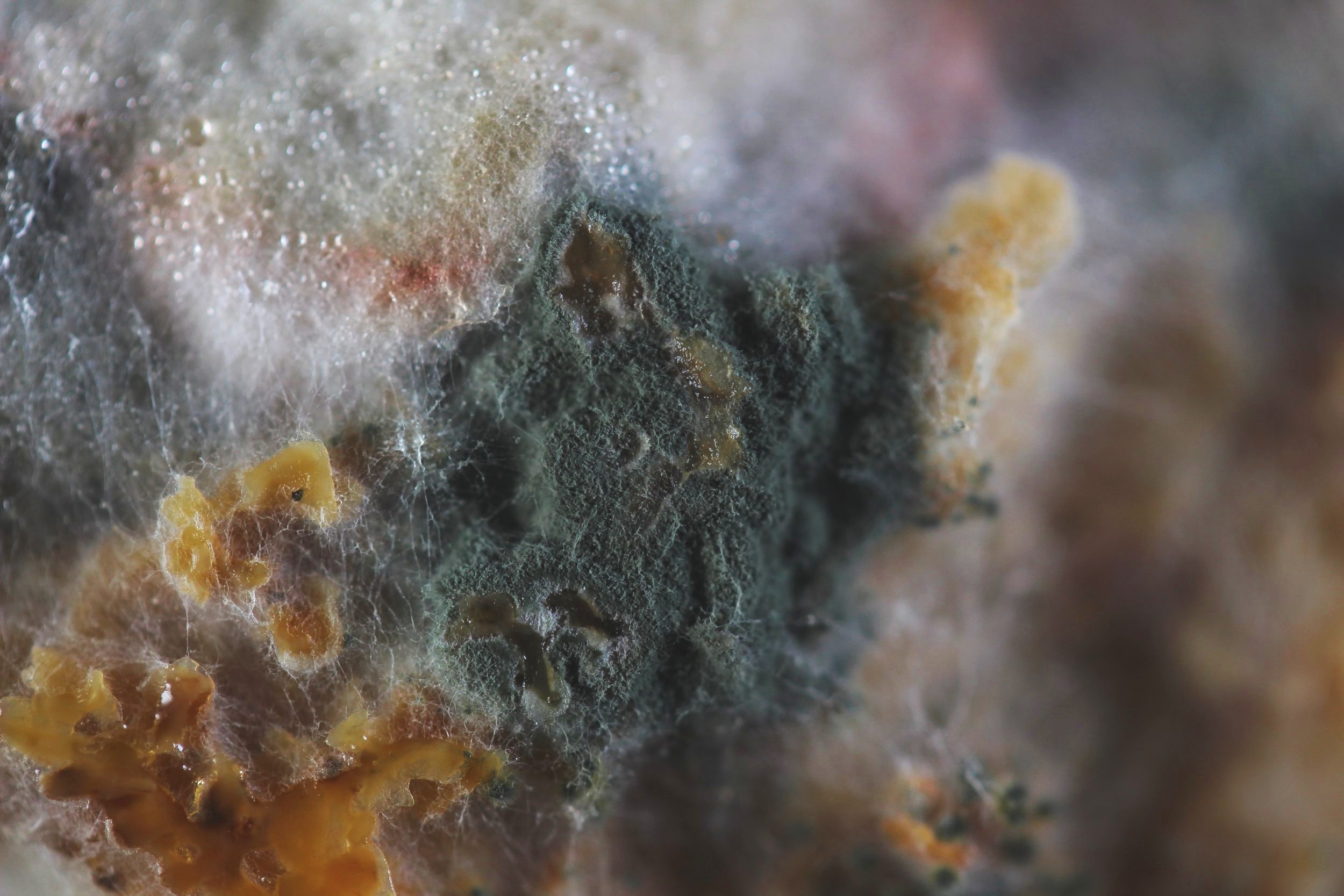
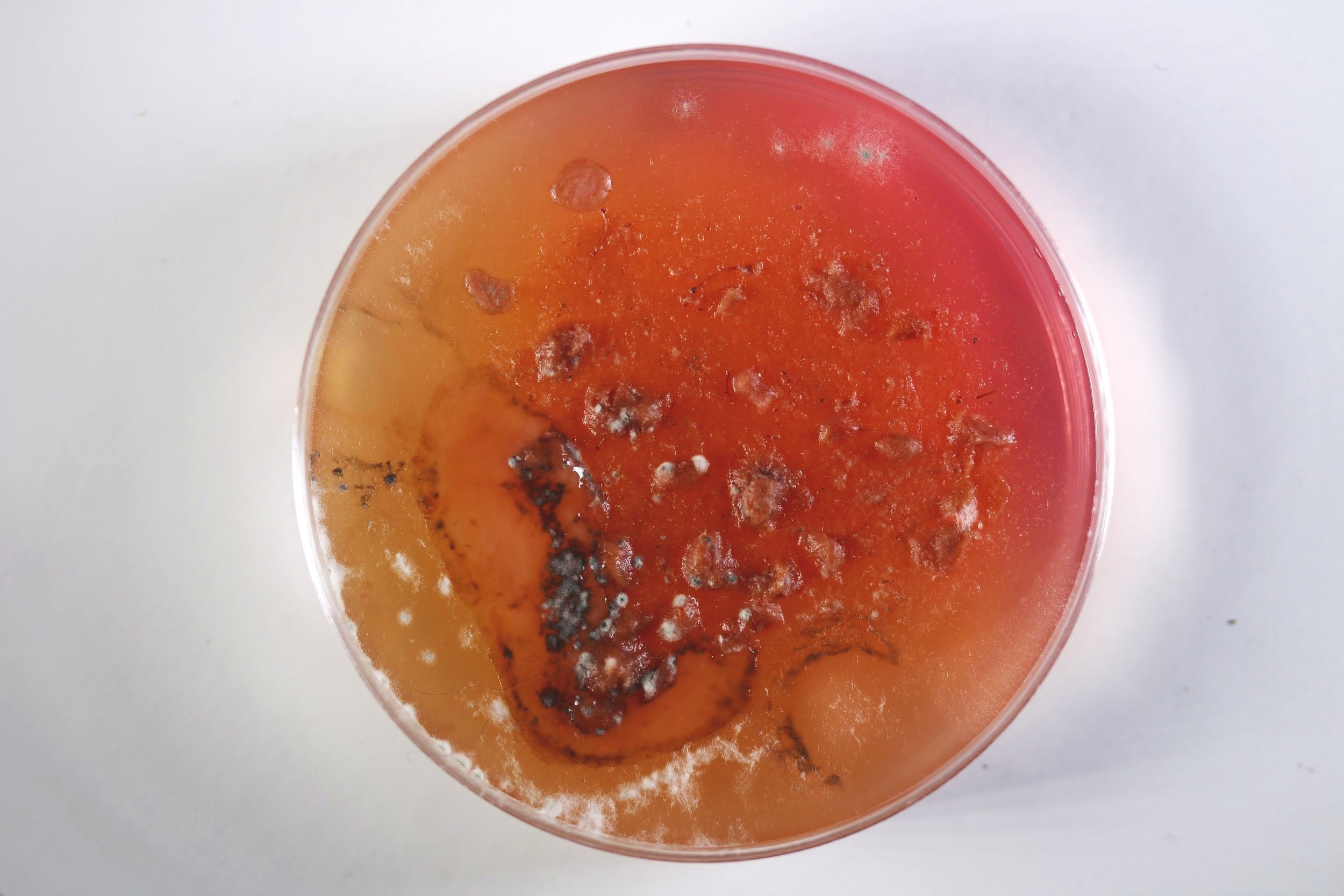
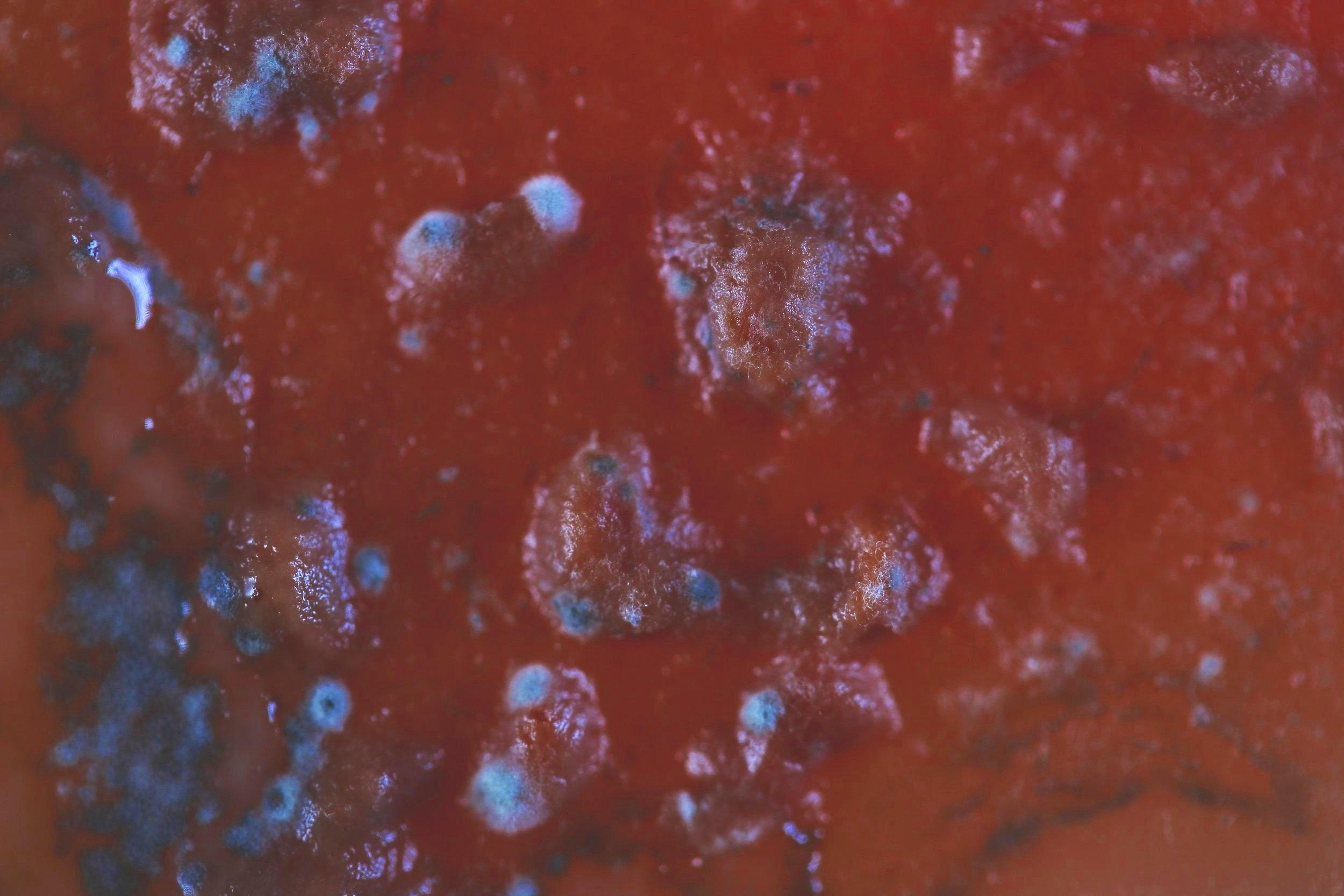
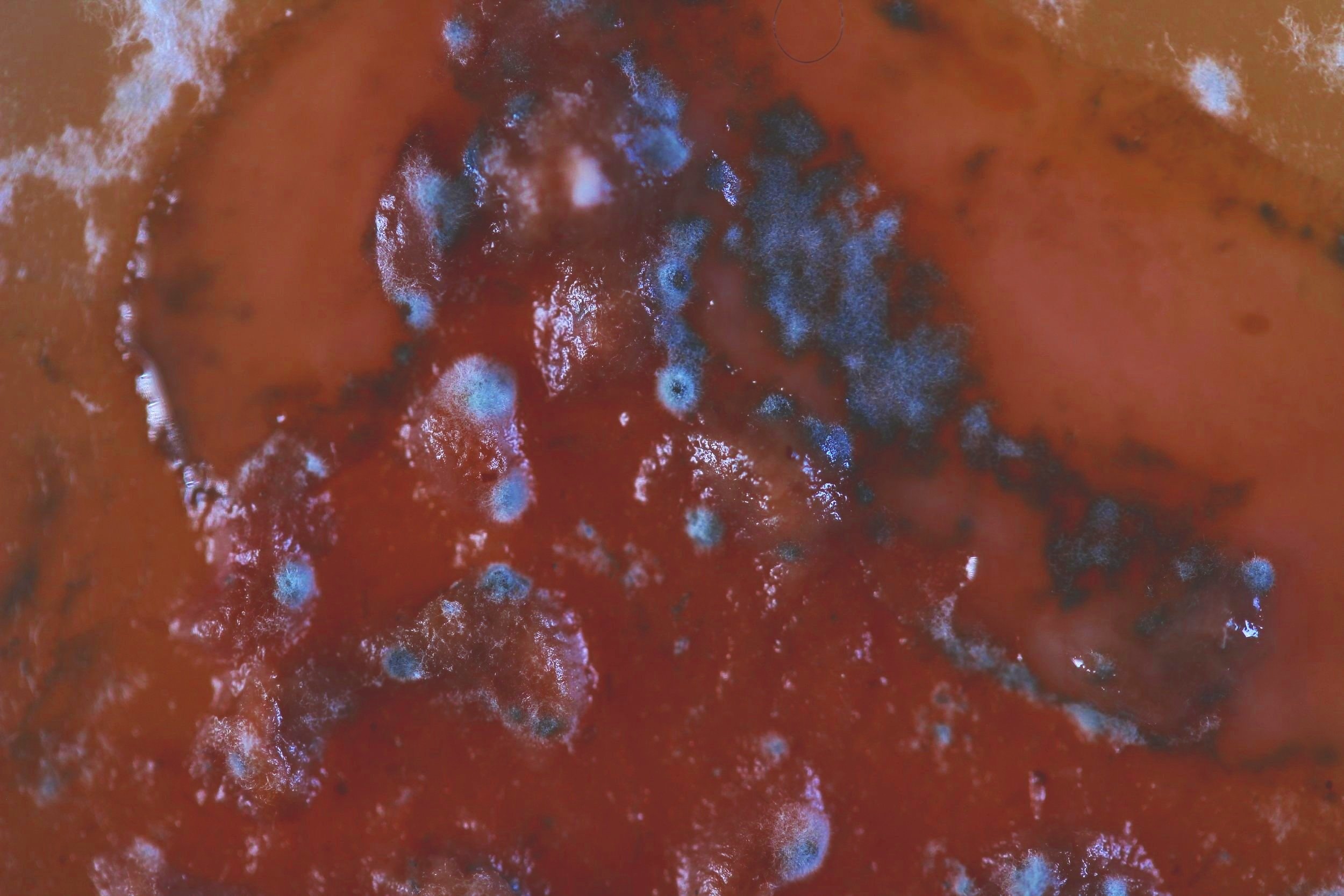
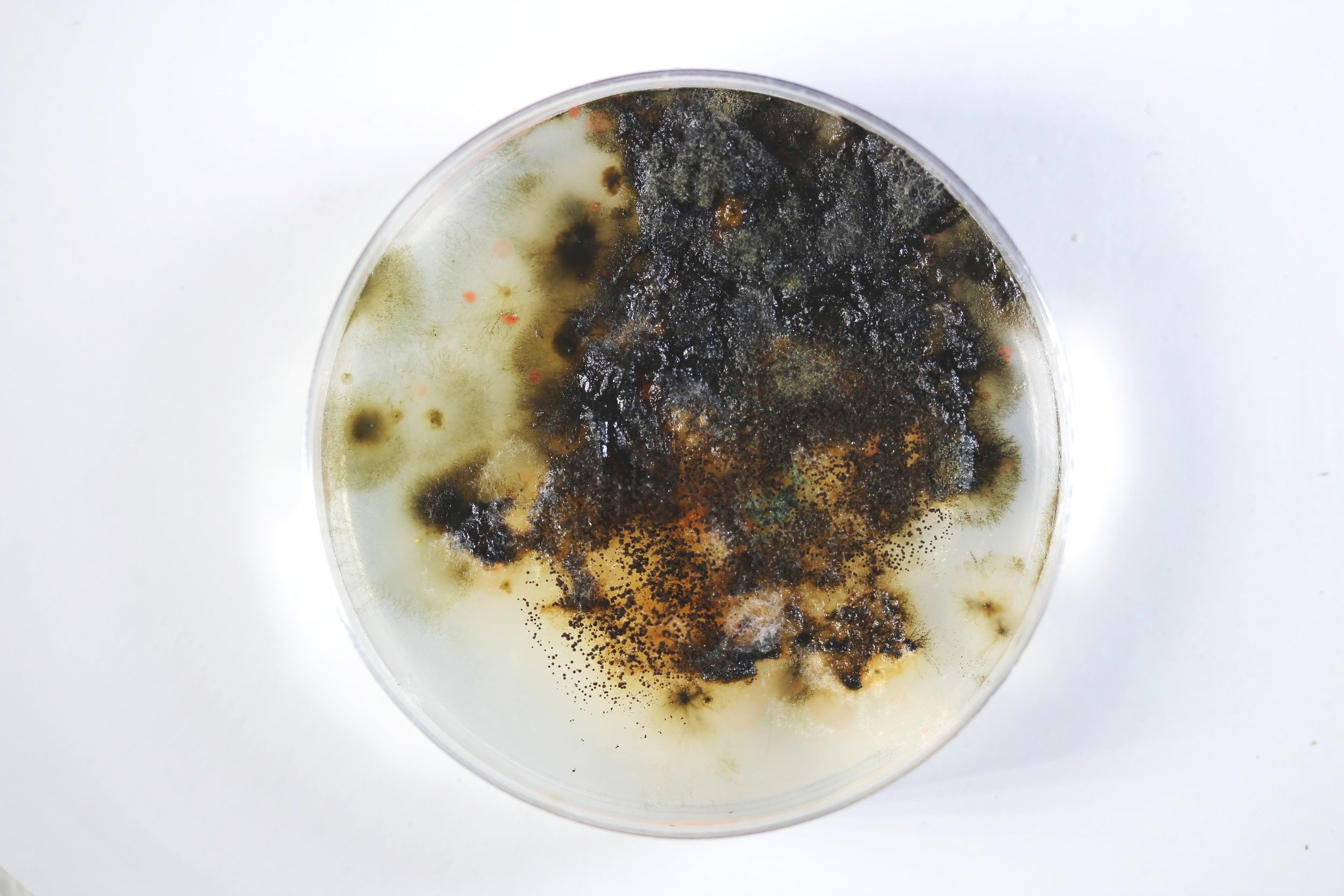
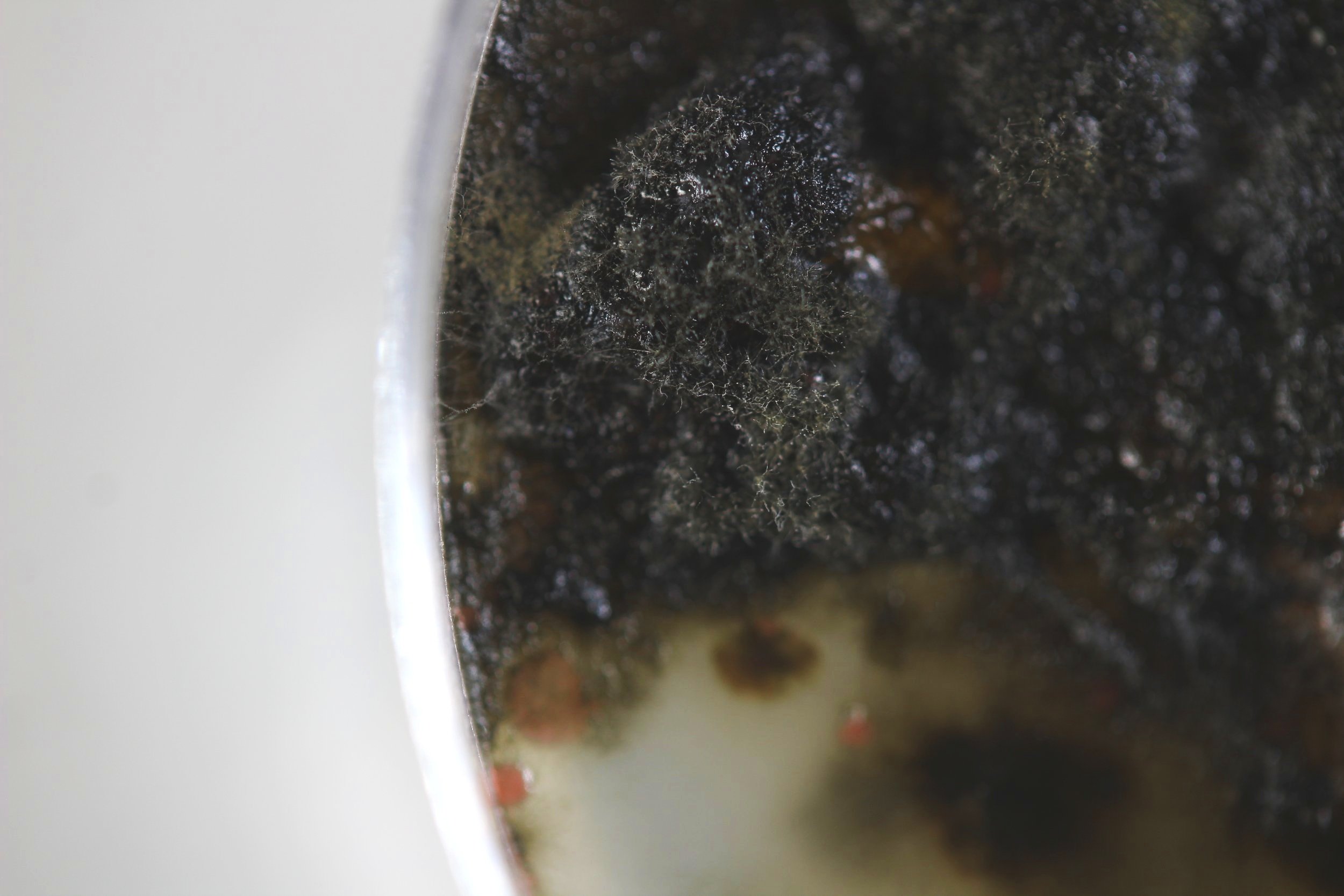
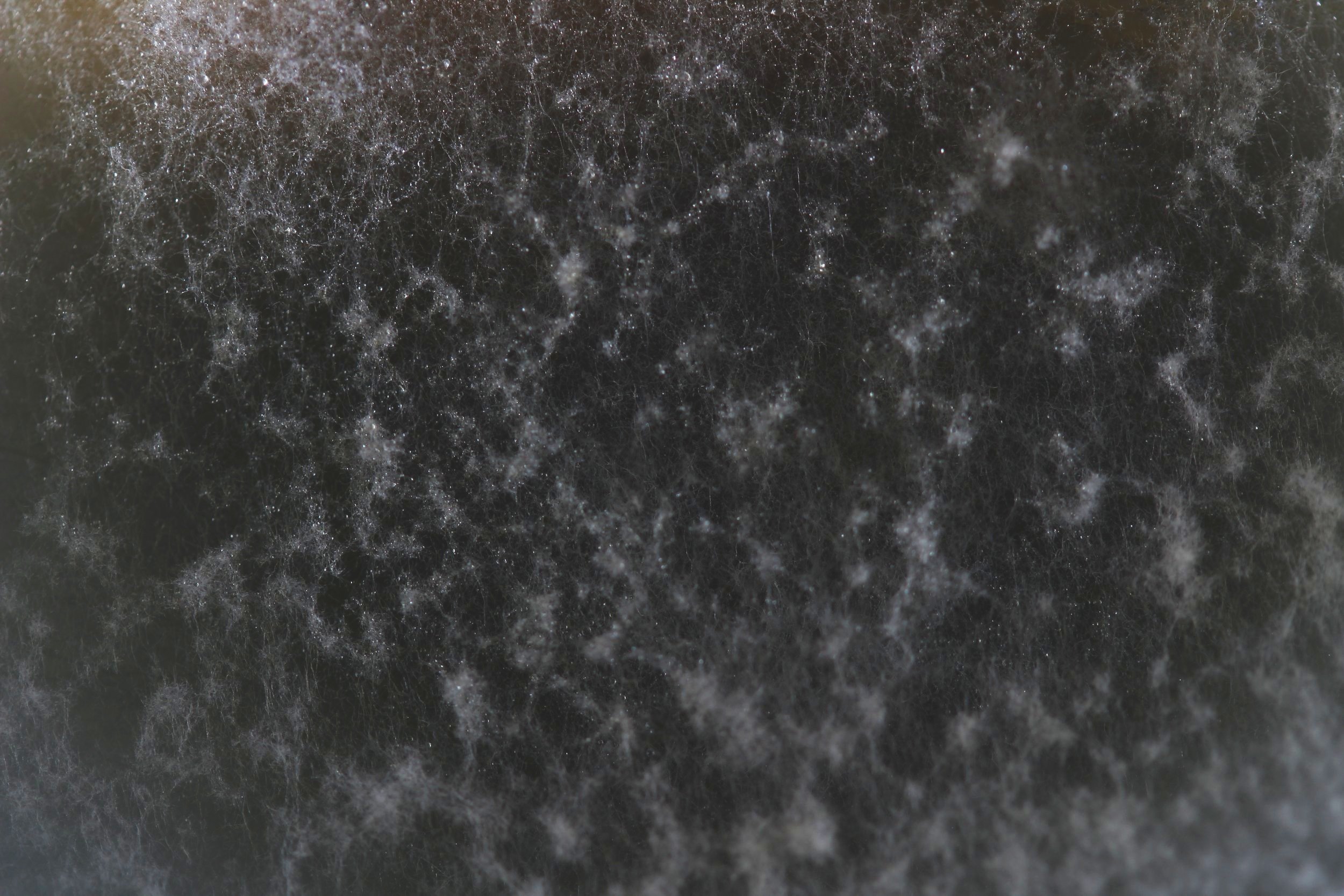
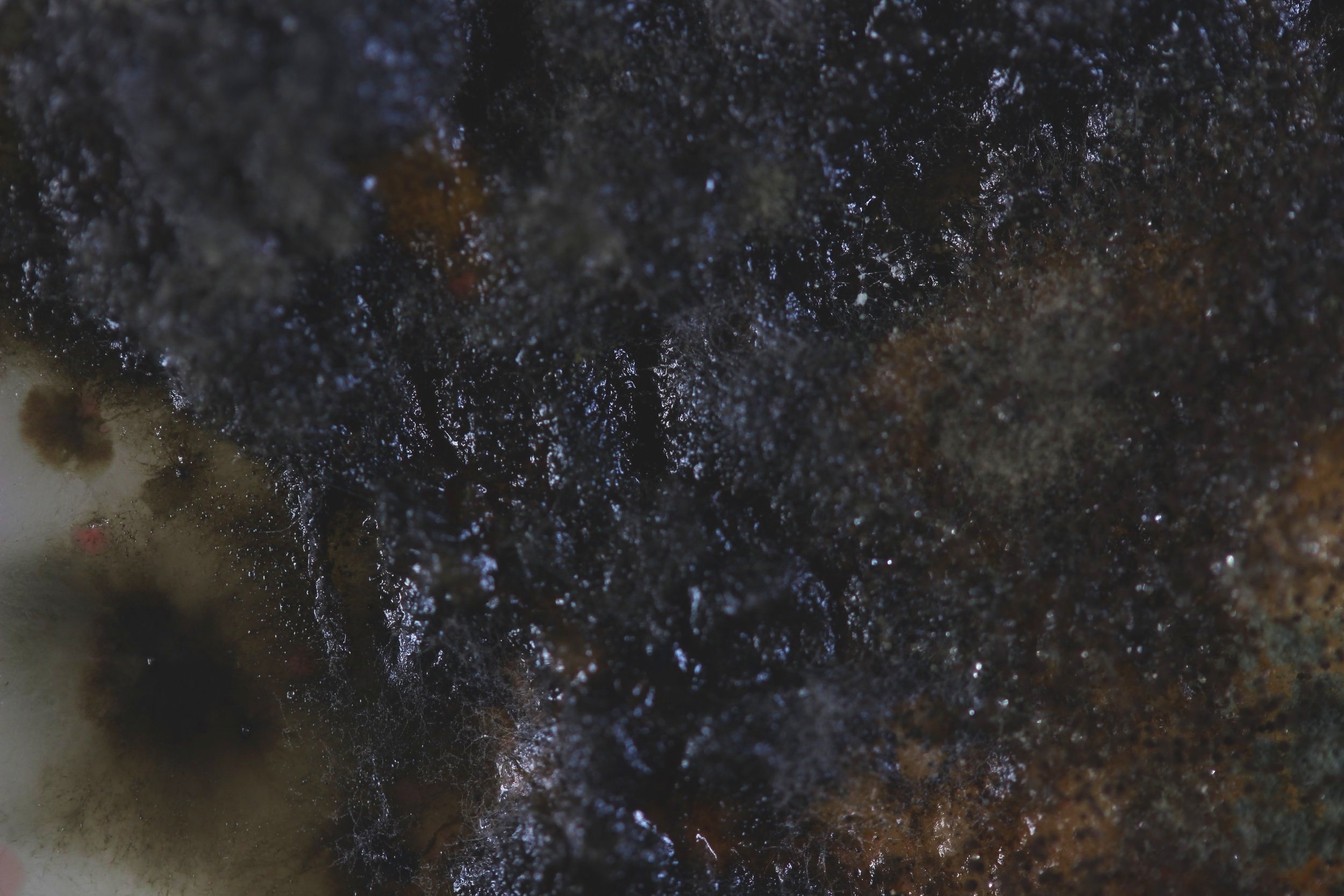
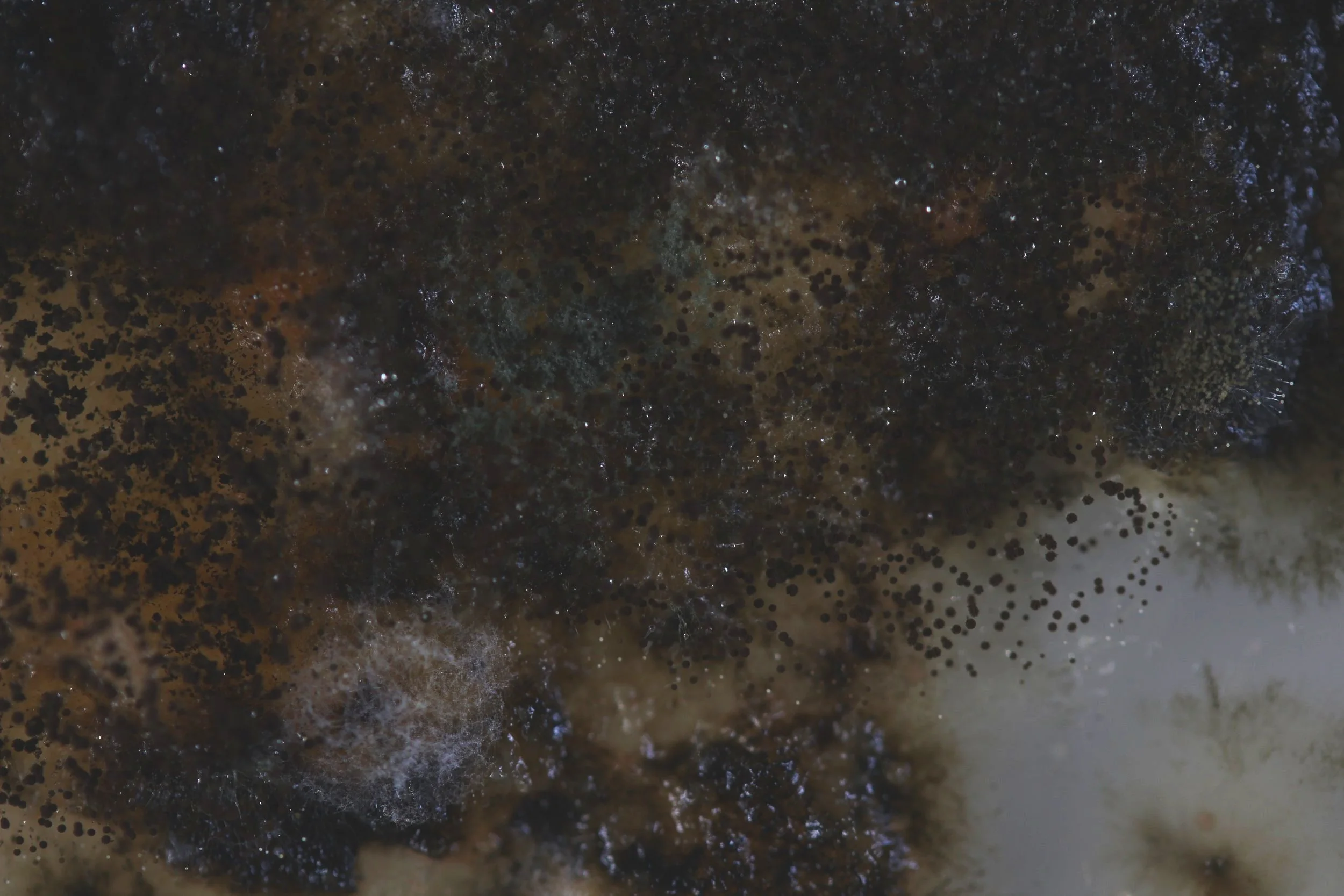
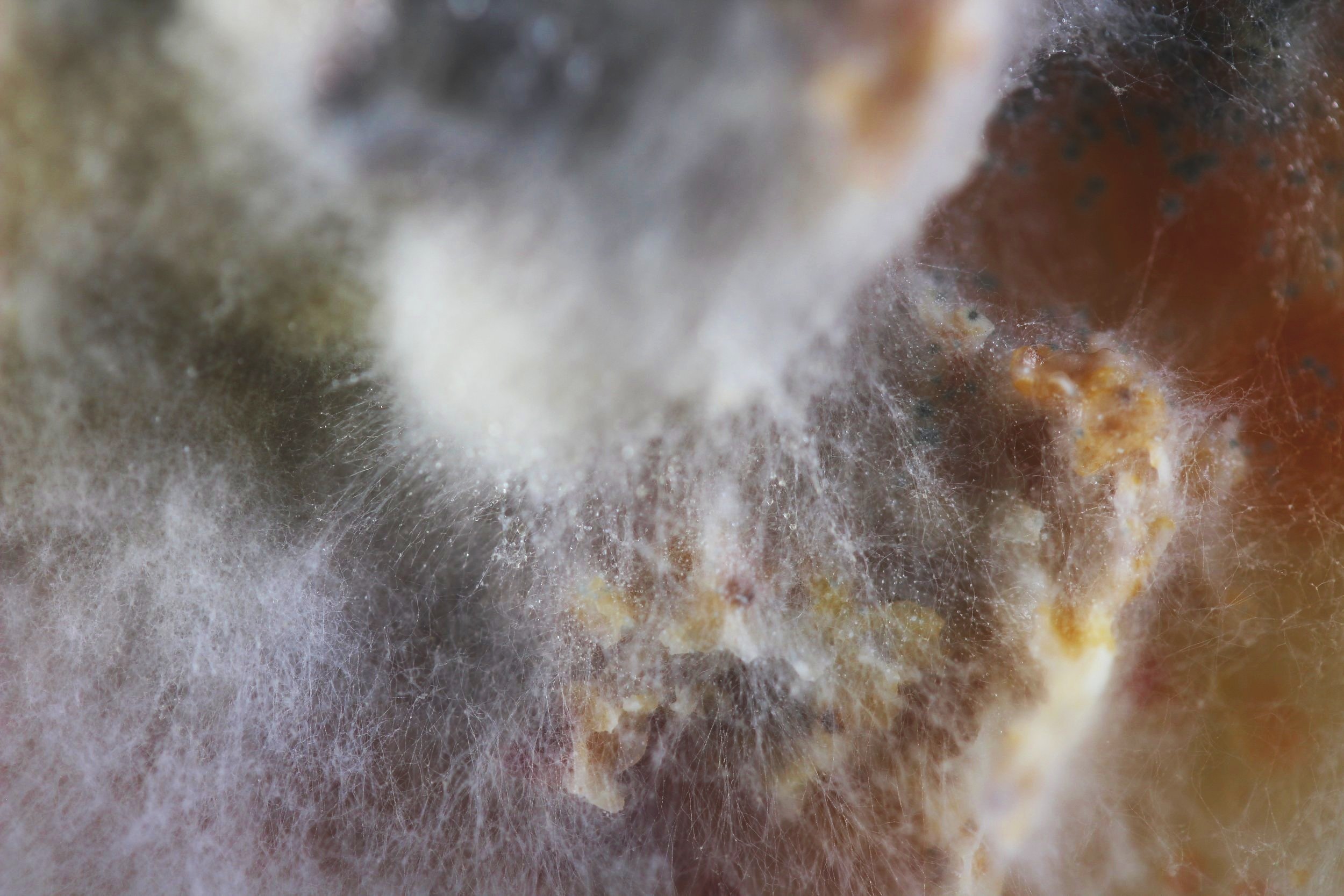
Stop Motion Experiments
Following on from the photo shoot of my petri-dishes, I set out to create a rotating stop motion animation of the two most interesting petri-dishes. The purpose of this was to create a means to display the bacteria from all angles in one single format. Overall, I feel that the outcome was a success as I was able to successfully stitch together roughly 100 photos per petri-dish to create a finalised animation showing off every side and angle of each dish. However, that’s not to say the execution was flawless and I would like to make some changes if I were to make more in the future as the bacteria develops. Primarily, I would like to work out a method to ensure the petri dish is rotated the same amount between photos to ensure that the final animation is smoother and less jittery, I would also like to spend more time ensuring the same point is in focus on every frame throughout the rotation of the petri-dishes.














